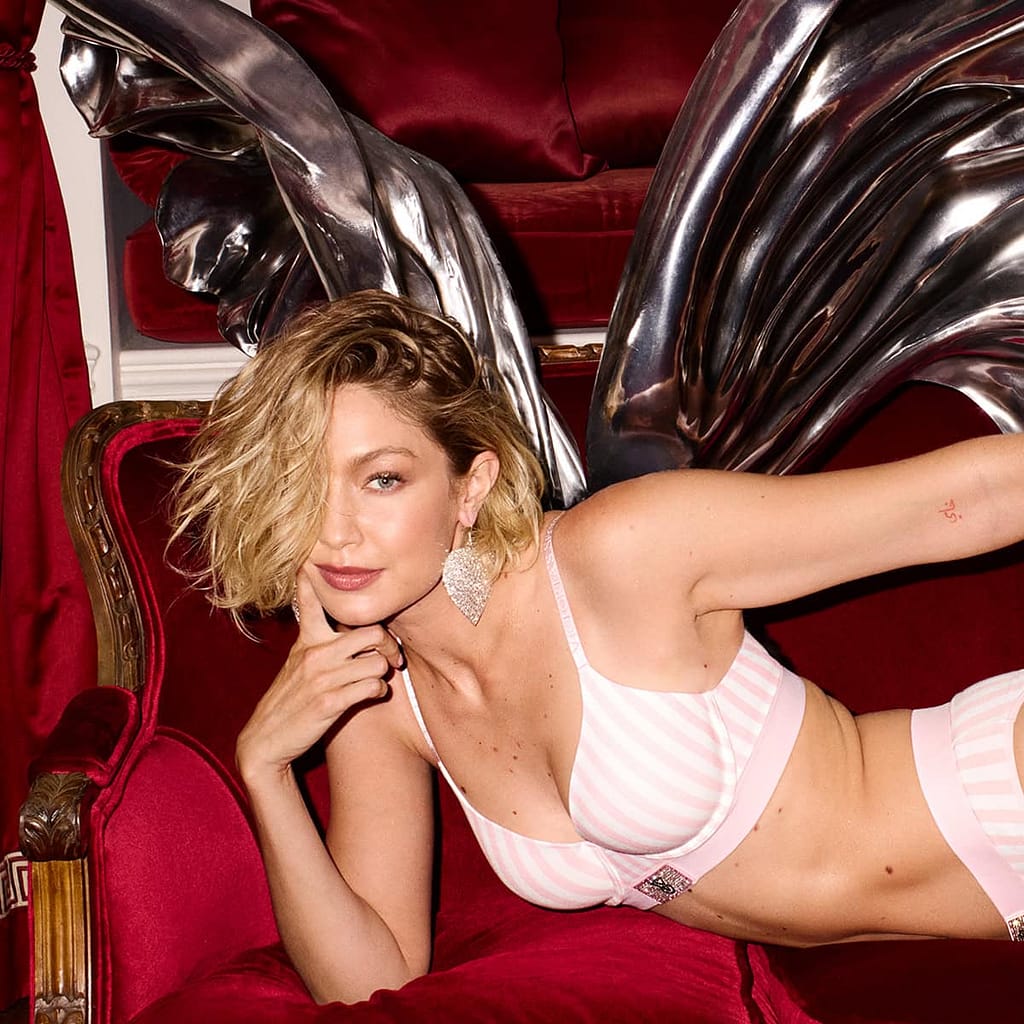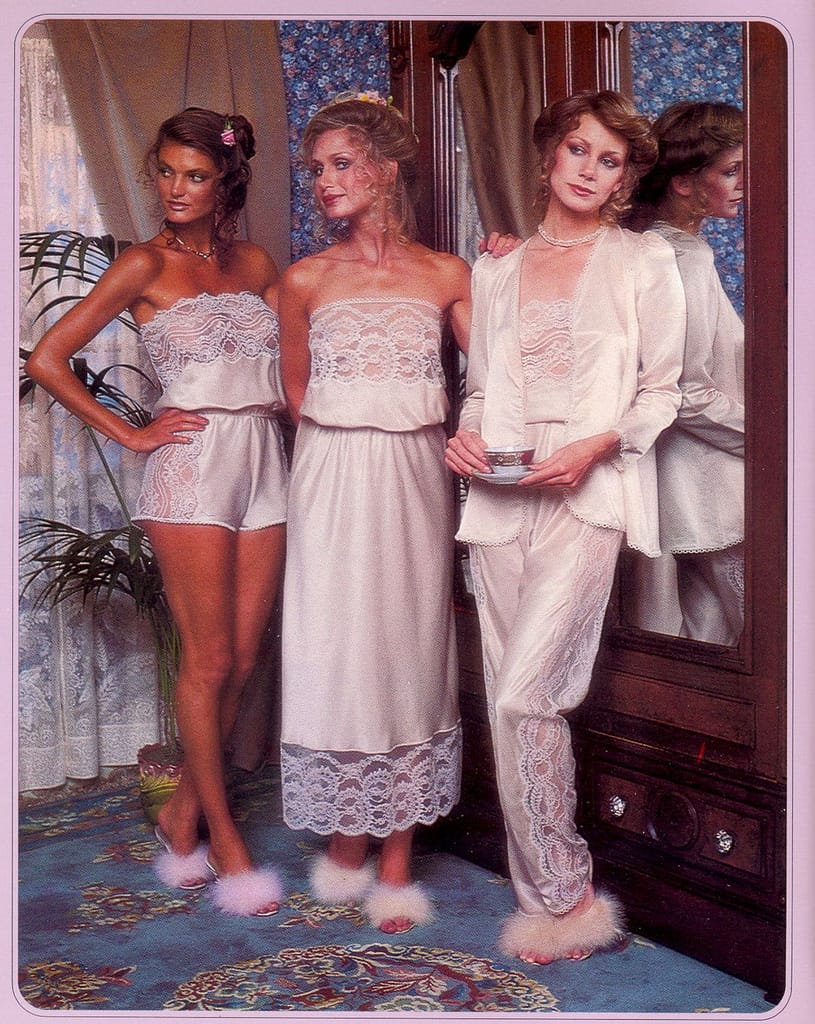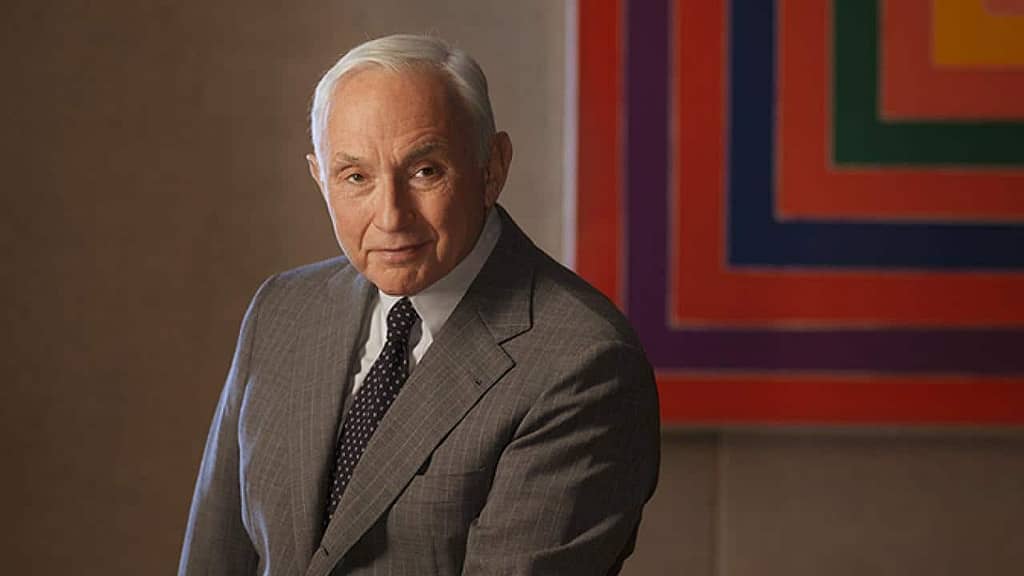The Victoria’s Secret Fashion Show returns on October 15 after a six-year absence, amid a series of scandals, contemptuous comments from marketing management and toxic working conditions. The brand has high hopes for this event, which will enable it to reappear in a better light and present a sexy image that is less inaccessible and more inclusive.
To look at Victoria’s Secret (VS) is to examine a mass-market-oriented brand that has conquered an image of prestige by introducing a catwalk format that did not exist in the lingerie sector when it was first launched.
On the A side, VS democratized the fashion show and, more generally, helped change the public’s perception of lingerie.
On the B side, the lingerie brand not only created an aspirational image of seduction and self-confidence. It has also conveyed unrealistic beauty canons, particularly via its caste of Angels, and underestimated societal evolutions as well as issues of mental well-being.
To analyze Victoria Secret’s greatness, decadence and rebirth is to discover that nothing, and certainly not desirability, is eternal… It can be eroded if the brand doesn’t question itself and take account of the times, or if it surrounds itself with the wrong people.
In a sign of the times, the fashion show inaugurated in 1995 at New York’s Plaza Hotel will be streamed for the first time on October 15, 2024 on Amazon Live and Amazon Prime Video, in addition to a live broadcast on the American label’s Instagram, TikTok and Youtube accounts. Victoria Secret had not paraded since December 2018, following a series of scandals.
A fantasized experience
Victoria’s Secret didn’t become what it is overnight.

The brand was the brainchild of Roy Raymond, a Californian golden boy in 1977, who was disappointed by a bad experience buying lingerie for his wife in a Palo Alto shopping mall. His idea was to offer a more attractive product range and, above all, a setting where men wouldn’t feel like perverts. Although he is presented as the sole founder, it is more than likely that his wife Gaye was the cofounder – invisibilized – of the Victoria Secret project. The name was conceived as a tribute to the refined boudoir spirit of the Victorian era.
Its luxurious, sensual aesthetic stood out in an American lingerie market characterized by practical, entry-level products and dominated by Hanes and Fruit of The Loom. Moreover, in the 1970s, lingerie was still mainly distributed by niche boutiques such as Frederick’s of Hollywood, because of its connotation with special occasions such as honeymoons.

Roy Raymond obtained a $40,000 bank loan and another $40,000 from his in-laws, enabling him toopen his first store. The store made a $500,000 profit in its inaugural year, encouraging the entrepreneur to open three more stores and launch a mail-order catalog. Commercial success was the order of the day. But massive investment in store development brought the brand to the brink of bankruptcy in the early 1980s.

In 1982, Roy Raymond sold his brand for $ 1 million to Les Wexner, an Ohio-born distributor and founder and president of the women’s clothing chain The Limited (later L Brands, parent company of VS and Abercrombie & Fitch).
Click here to read the entire article on Luxus Magazine
Featured Photo: Victoria’s Secret Fashion Show 2013 © Victoria’s Secret


















